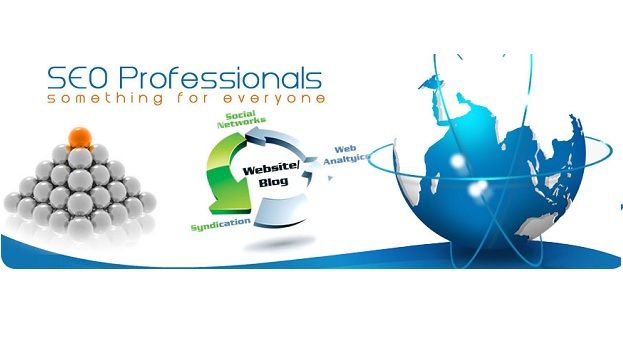What is Copy in Advertising
The world of advertising is a complex and multifaceted realm, where various elements converge to create a compelling narrative that captures the audience’s attention and drives them to take action. At the heart of this narrative lies the copy – the textual content that forms the backbone of any advertising campaign. In this article, we will delve into the world of copy in advertising, exploring its definition, importance, types, and the key elements that make it effective.
Definition of Copy in Advertising
Copy, in the context of advertising, refers to the written content that aims to persuade, inform, or entertain the target audience. It can take various forms, including headlines, slogans, body text, social media posts, and even scripts for audio or video advertisements. The primary goal of copy is to communicate the unique value proposition of a product, service, or brand, highlighting its benefits, features, and unique selling points.
Importance of Copy in Advertising
Effective copy is the linchpin of a successful advertising campaign. It has the power to engage, persuade, and convert potential customers into loyal brand advocates. Well-crafted copy can:
- Grab attention:stood out from the competition and capture the audience’s attention in a crowded market.
- Build brand awareness: Create a lasting impression and establish a strong brand identity.
- Drive conversions: Encourage audiences to take action, whether it’s making a purchase, signing up for a service, or engaging with the brand.
- Differentiate from competitors: Highlight the unique features and benefits of a product or service, setting it apart from similar offerings.
Types of Copy in Advertising
Copy can be categorized into various types, each with its own unique characteristics and objectives:
- Print copy: Appears in physical media, such as newspapers, magazines, and billboards.
- Digital copy: Found online, including social media, email marketing, and website content.
- Broadcast copy: Used in audio and video advertisements, such as radio and TV commercials.
- Direct response copy: Designed to elicit a direct response, often used in sales letters, email marketing, and telemarketing.
Key Elements of Effective Copy
To craft compelling copy, advertisers must consider the following essential elements:
- Headline: A attention-grabbing title that sets the tone for the rest of the copy.
- Tone and voice: The personality and language used to convey the brand’s message.
- Clarity and concision: The ability to communicate complex ideas in a simple and straightforward manner.
- Emotional resonance: The capacity to evoke emotions and create a connection with the audience.
- Call-to-action (CTA): A clear instruction that tells the audience what action to take next.
- Social proof: Testimonials, reviews, and other forms of social proof that build credibility and trust.
Crafting effective copy is a delicate balance of art and science. It requires a deep understanding of the target audience, the brand's unique value proposition, and the advertising medium being used. By incorporating these key elements and types of copy, advertisers can create a compelling narrative that drives engagement, conversions, and ultimately, revenue.
The Science of Copywriting
Copywriting is both an art and a science. While creativity and intuition play a significant role in crafting compelling copy, there are also scientific principles that underlie effective copywriting. These principles include:
- Understanding consumer psychology: Recognizing how people think, feel, and behave in response to different types of copy.
- Using persuasive storytelling techniques: Employing narrative structures, such as the hero’s journey, to create engaging and memorable stories.
- Leveraging cognitive biases: Understanding how psychological biases, such as scarcity and social proof, can influence consumer behavior.
- Optimizing for readability: Ensuring that copy is easy to read and understand, using techniques like clear headlines, concise paragraphs, and active voice.
Conclusion
Copy is the foundation of any successful advertising campaign. By understanding the importance of copy, the different types of copy, and the key elements that make it effective, advertisers can craft compelling narratives that capture their audience’s attention, drive conversions, and ultimately, build a loyal brand following. Whether you’re a seasoned marketer or just starting out, mastering the art and science of copywriting is essential for achieving success in the competitive world of advertising.
What is the primary goal of copy in advertising?
+The primary goal of copy in advertising is to communicate the unique value proposition of a product, service, or brand, highlighting its benefits, features, and unique selling points to persuade, inform, or entertain the target audience.
What are the key elements of effective copy?
+The key elements of effective copy include a attention-grabbing headline, tone and voice, clarity and concision, emotional resonance, call-to-action (CTA), and social proof.
What is the difference between print copy and digital copy?
+Print copy appears in physical media, such as newspapers, magazines, and billboards, while digital copy is found online, including social media, email marketing, and website content.


